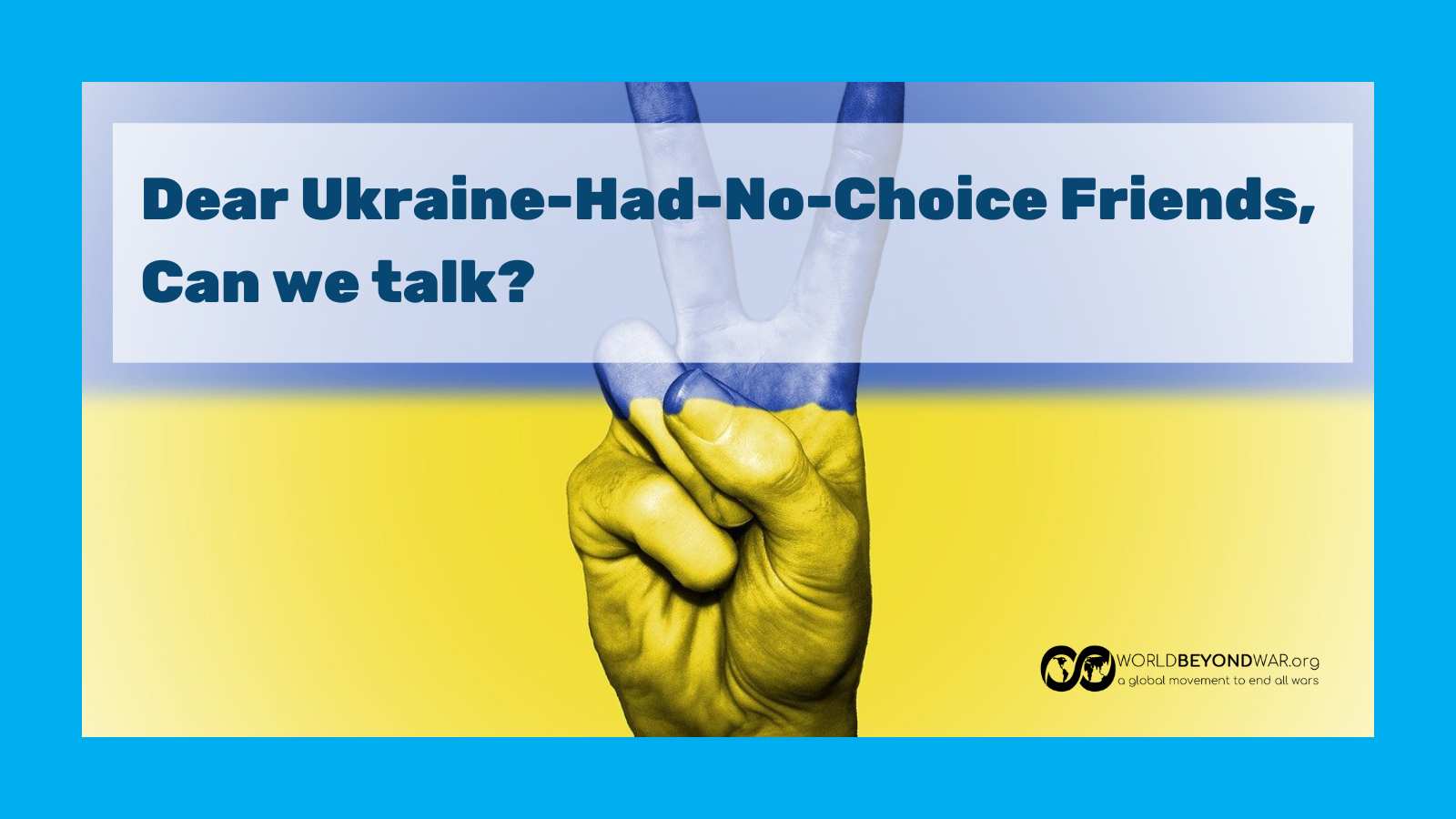
By David Swanson, World BEYOND War, May 25, 2023
Yesterday I published Dear Russia-Had-No-Choice Friends, an attempt to correct what I see as the mistaken idea that the Russian government simply had no possible choice other than to invade Ukraine.
Of course, it is equally mistaken that Ukraine had no choice but to wage this war. I say “of course” only because I and many others have been repeating ourselves ad nauseum for over a year, not because you agree. And I publish this not primarily to see whether it produces more or fewer denunciations and withdrawals of email subscriptions and donations from people who sign their nasty notes “Ex-Friend” than yesterday’s did. Nor do I publish it under the delusion that it will cross the sufficient-repetition-barrier and persuade everyone. Rather, it is my hope that just possibly a small number of people will give the idea of opposing all war a bit more thought if they see a pair of articles opposing both sides of the current for-or-against, which-side-are-you-on, obey-or-the-enemy-wins madness.
But what in the name of the holy flag of war could Ukraine possibly have done?
As with the same question about Russia, this question is suppposed to be so powerful that no answer should even be attempted.
As with every side of every war, the existence of all human history prior to some bombing is supposed to be eliminated from thought. We’re supposed to travel back in our magical time machines to consider what Ukraine could possibly — I mean, for godsake, possibly — have done when bombs were falling, but not aim our time machine for the day or week or decade before, as that would be silly.
As I consider this narrowing of the question to be dangerously misguided, I will choose to answer what Ukraine could have done in the leadup to that moment as well as in that moment.
To begin, we should remember that U.S. and other Western diplomats, spies, and theorists predicted for 30 years that breaking a promise and expanding NATO would lead to war with Russia, and that President Barack Obama refused to arm Ukraine, predicting that doing so would lead toward where we are now — as Obama still saw it in April 2022. Prior to the “Unprovoked War” there were public comments by U.S. officials arguing that the provocations would not provoke anything. (“I don’t buy this argument that, you know, us supplying the Ukrainians with defensive weapons is going to provoke Putin,” said Sen. Chris Murphy (D-Conn.) One can still read a RAND report advocating creating a war like this one through the sorts of provocations that senators claimed wouldn’t provoke anything.
Ukraine could have simply committed to not joining NATO. This might not have been simple. Zelensky might have had to keep some campaign promises rather than kiss up to some Nazis. The point is that if we take Ukraine as a whole and ask whether it could have done anything, the answer is obviously yes.
The U.S. facilitated a coup in Ukraine in 2014. The war began years prio to February 2022. The U.S. has torn up treaties with Russia. The U.S. has put missile bases into Eastern Europe. The U.S. keeps nuclear weapons in six European nations. Kennedy took missiles out of Turkey to resolve a similar crisis rather than escalate it. Arkhipov refused to use nukes or we might not be here. The U.S. could have behaved very differently in Eastern Europe in recent years. Ukraine could have taken no part in it, could have rejected the manipulation of its government and committed to neutrality.
A reasonable agreement was reached at Minsk in 2015. Ukraine could have abided by it. The current president of Ukraine was elected in 2019 promising peace negotiations. He could have kept that promise, even though the U.S. (and rightwing groups in Ukraine) pushed back against it. Russia’s demands prior to its invasion of Ukraine were perfectly reasonable, and a better deal from Ukraine’s perspective than anything discussed since. Ukraine could have negotiated then.
The U.S. and its NATO sidekicks have been preventing the ending of the war, not just by providing the weapons for one side of it, but by blocking negotiations. I don’t mean just cracking down on Congress Members who dare to utter the word “negotiate.” I don’t mean just producing a whirlwind of propaganda claiming the other side is monsters with whom one cannot speak, even while negotiating with them on prisoner exchanges and grain exports. And I don’t mean just hiding behind Ukraine, claiming that it’s Ukraine that does not want to negotiate and that therefore the U.S., as loyal servant to Ukraine, must go on escalating the risk of nuclear apocalypse. I mean also the blocking of possible ceasefires and negotiated settlements. Medea Benjamin & Nicolas J.S. Davies wrote in September:
“For those who say negotiations are impossible, we have only to look at the talks that took place during the first month after the Russian invasion, when Russia and Ukraine tentatively agreed to a fifteen-point peace plan in talks mediated by Turkey. Details still had to be worked out, but the framework and the political will were there. Russia was ready to withdraw from all of Ukraine, except for Crimea and the self-declared republics in Donbas. Ukraine was ready to renounce future membership in NATO and adopt a position of neutrality between Russia and NATO. The agreed framework provided for political transitions in Crimea and Donbas that both sides would accept and recognize, based on self-determination for the people of those regions. The future security of Ukraine was to be guaranteed by a group of other countries, but Ukraine would not host foreign military bases on its territory.
“On March 27, President Zelenskyy told a national TV audience, ‘Our goal is obvious—peace and the restoration of normal life in our native state as soon as possible.’ He laid out his ‘red lines’ for the negotiations on TV to reassure his people he would not concede too much, and he promised them a referendum on the neutrality agreement before it would take effect. . . . Ukrainian and Turkish sources have revealed that the U.K. and U.S. governments played decisive roles in torpedoing those early prospects for peace. During U.K. Prime Minister Boris Johnson’s ‘surprise visit’ to Kyiv on April 9th, he reportedly told Prime Minister Zelenskyy that the U.K. was ‘in it for the long run,’ that it would not be party to any agreement between Russia and Ukraine, and that the ‘collective West’ saw a chance to ‘press’ Russia and was determined to make the most of it. The same message was reiterated by U.S. Defense Secretary Austin, who followed Johnson to Kyiv on April 25th and made it clear that the U.S. and NATO were no longer just trying to help Ukraine defend itself but were now committed to using the war to ‘weaken’ Russia. Turkish diplomats told retired British diplomat Craig Murray that these messages from the U.S. and U.K. killed their otherwise promising efforts to mediate a ceasefire and a diplomatic resolution.”
Russia has been proposing negotiations. Numerous nations have been proposing negotiations for months, and dozens of nations made that proposal at the United Nations. At any point, Ukraine could have negotiated. Since pretty much everybody’s peace proposal has a great deal in common with everybody else’s, we all know more or less what a negotiated agreement would look like. The question is whether to choose it over endless dying and destruction.
The notion that negotiating peace would simply produce lies from the other side followed by more war which would somehow be worse than this war, is of course a notion playing in the minds of both sides. But there are reasons for both sides to reject it. If a negotiation is successful, it will include initial steps that can be publicly taken by each side and verified by the other. And it will lead toward ever-greater trust and cooperation. In other words, “negotiation” is not simply another word for “ceasefire.” But there would be absolutely no downside to an immediate first-step of a ceasefire.
Ukraine could always have invested in developing plans for a massive unarmed resistance to invasion. It still could.
Ukraine could always have joined and supported international treaties on human rights and disarmament. It still could.
Ukraine could always have committed to neutraility and friendship with both sides, the U.S. and Russia. It still could.
Over a year ago I noted some things Ukraine was doing and could be doing:
- Change the street signs.
- Block the roads with materials.
- Block the roads with people.
- Put up billboards.
- Talk to Russian troops.
- Celebrate Russian peace activists.
- Protest both Russian warmaking and Ukrainian warmaking.
- Demand serious and independent negotiating with Russia by the Ukrainian government — independent of U.S. and NATO dictates, and independent of Ukrainian right-wing threats.
- Publicly demonstrate for No Russia, No NATO, No War.
- Use a few of these 198 tactics.
- Document and show the world the impact of war.
- Document and show the world the power of nonviolent resistance.
- Invite brave foreigners to come and join an unarmed peace army.
- Announce a commitment never to align militarily with NATO, Russia, or anyone else.
- Invite the governments of Switzerland, Austria, Finland, and Ireland to a conference on neutrality in Kyiv.
- Announce a commitment to the Minsk 2 agreement including self-governance for the two eastern regions.
- Announce a commitment to celebrating ethnic and linguistic diversity.
- Announce an investigation of right-wing violence in Ukraine.
- Announce delegations of Ukrainians with touching media-covered stories to visit Yemen, Afghanistan, Ethiopia, and a dozen other countries to draw attention to all victims of war.
- Engage in serious and public negotiations with Russia.
- Commit to not maintaining weapons or troops within 100, 200, 300, 400 km of any borders, and request the same of neighbors.
- Organize with Russia a nonviolent unarmed army to walk to and protest any weapons or troops near borders.
- Put out a call to the world for volunteers to join the walk and protest.
- Celebrate the diversity of the global community of activists and organize cultural events as part of the protest.
- Ask the Baltic states that have planned nonviolent responses to Russian invasion to help train Ukrainians, Russians, and other Europeans in the same.
- Join and uphold major human rights treaties.
- Join and uphold the International Criminal Court.
- Join and uphold the Treaty on the Prohibition of Nuclear Weapons.
- Offer to host disarmament negotiations by the world’s nuclear-armed governments.
- Ask both Russia and the West for non-military aid and cooperation.
Ukraine could support those unarmed defenders eager to be allowed in to protect nuclear powerplants.
Ukraine could declare success — as it’s been doing for over a year, and leave it at that, turning now to the negotiating table.
But Ukraine and Russia both will have to admit wrongdoing and compromise if the war is to end. Even if they want to go on entertaining a delusion of blamelessness, they will have to do this. They will have to allow the people of Crimea and Donbas to decide their own fate. And then Ukraine and NATO and Raytheon could declare a victory for democracy with some actual basis for doing so.

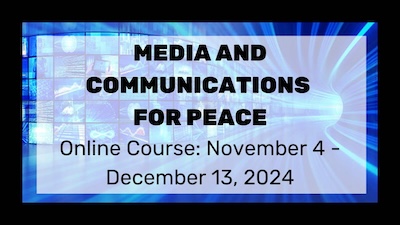

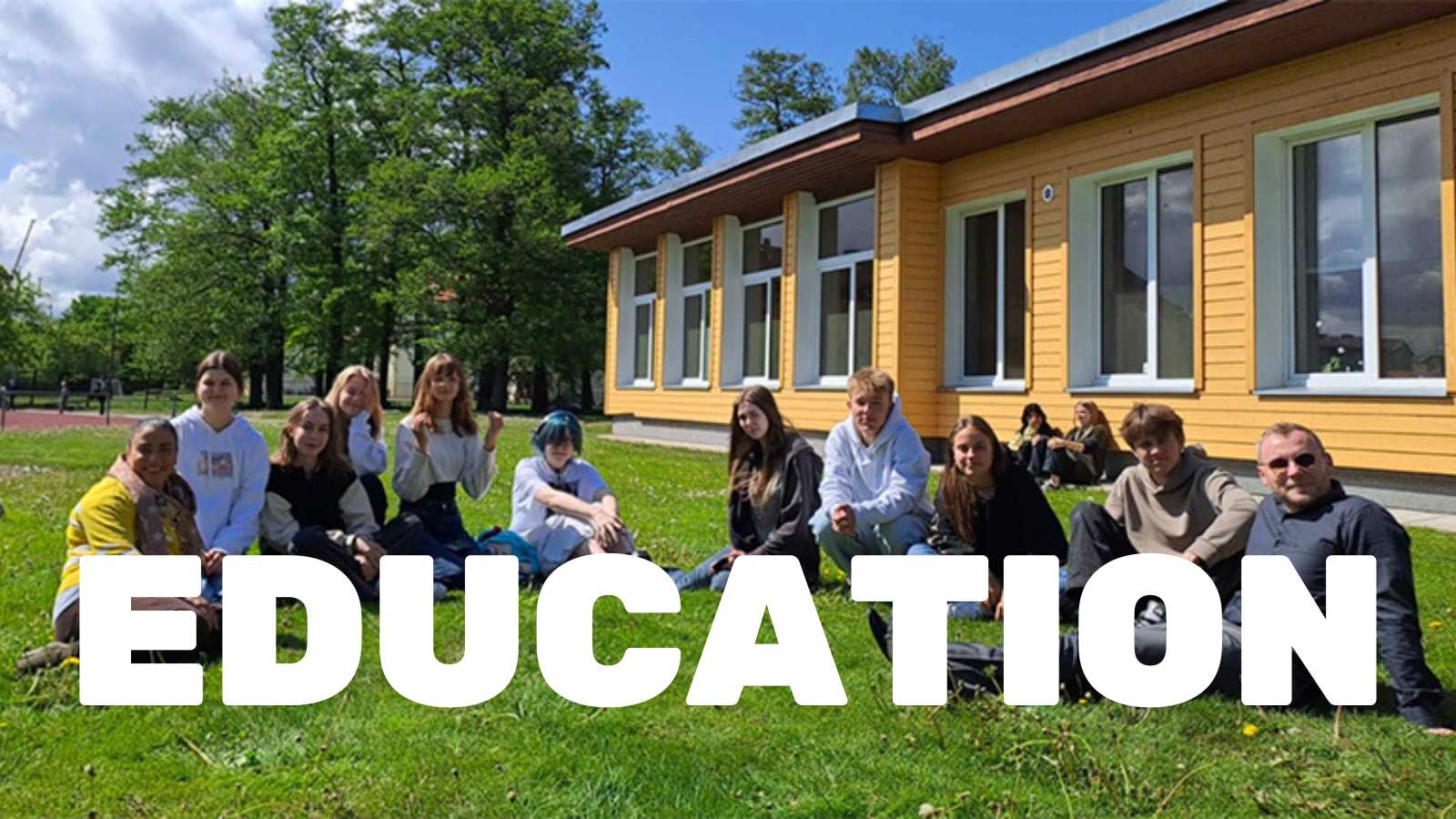
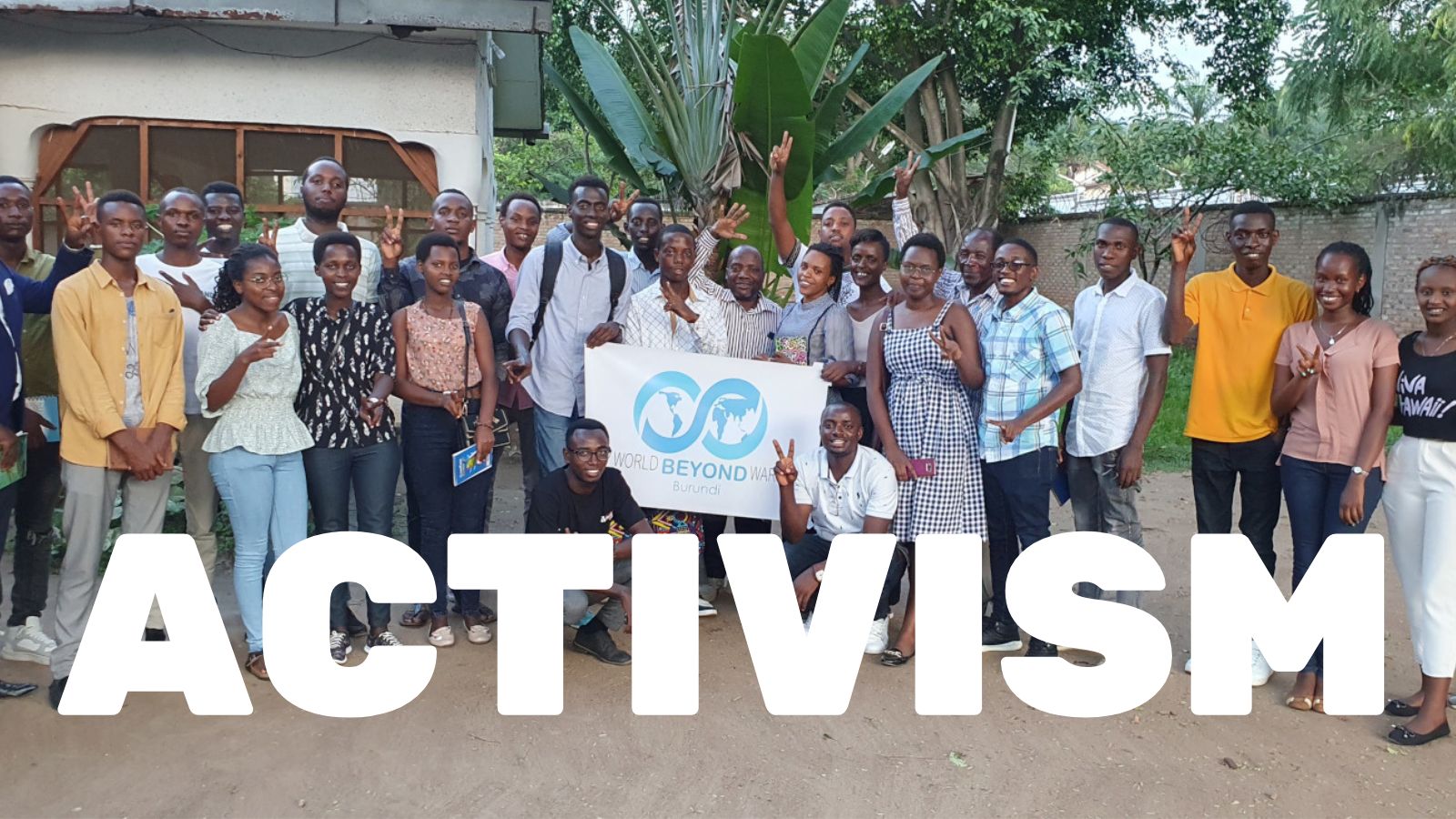
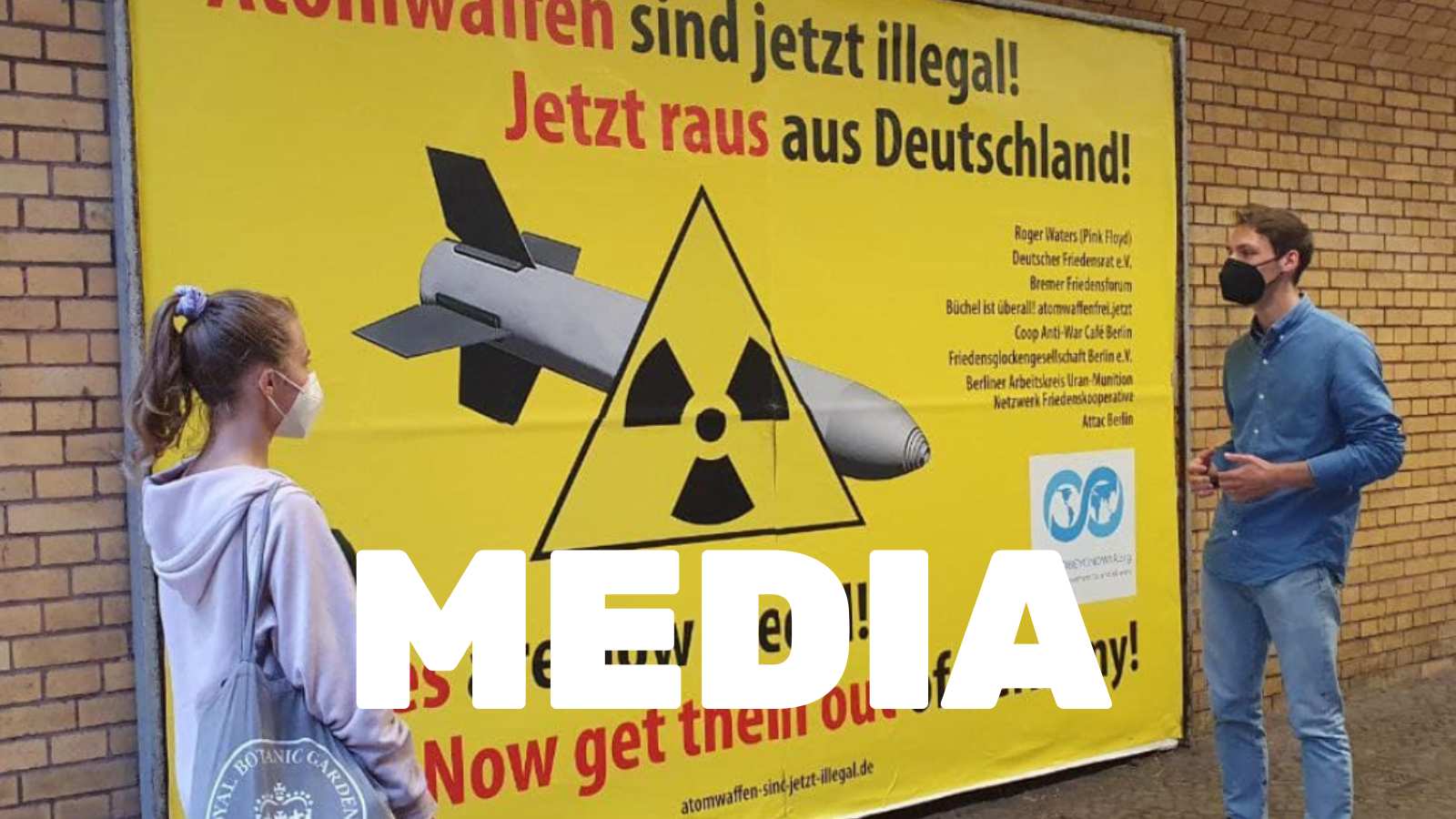
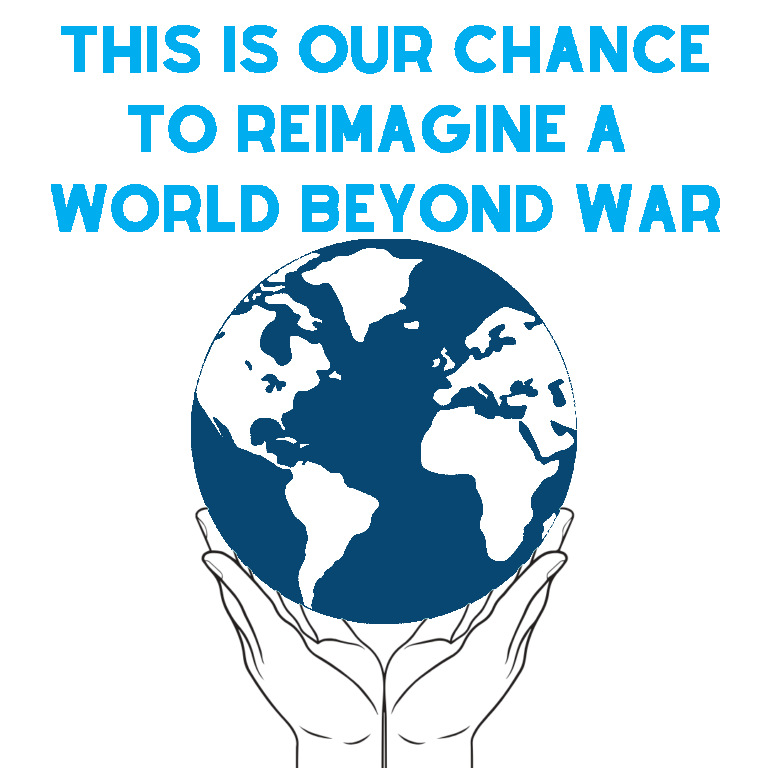

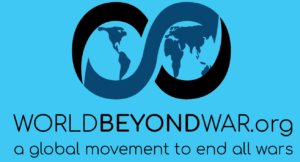
2 Responses
Thank you very much for this statement of possibilities for Ukraine (and the US and NATO) as well as the previous statement listing possibilities for Russia.
I’m sad, heartbroken that none of them have yet been attempted.
The nazi elements in Ukraine are far too strong and entrenched.